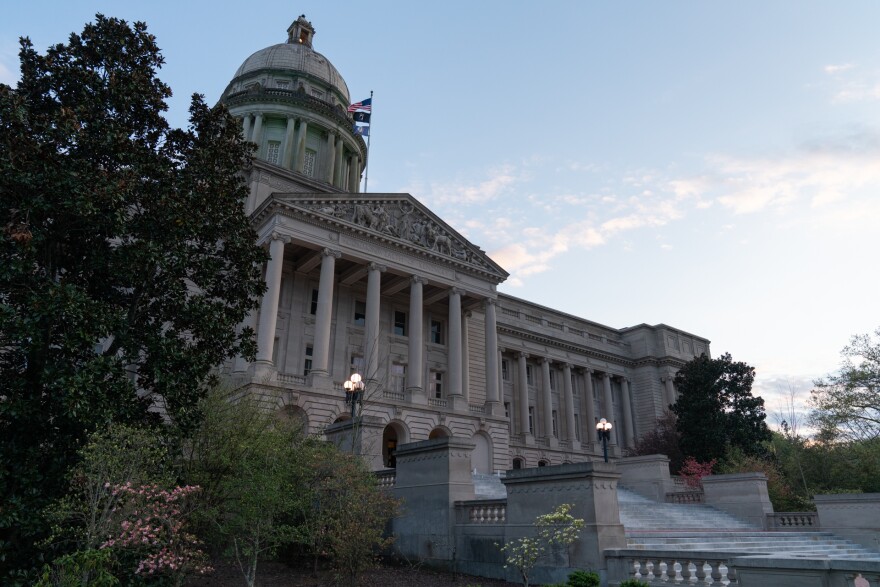Kentucky will continue to have six seats in the U.S. House of Representatives following the federal reapportionment process, which takes place after the census every 10 years.
Reapportionment is the process of dividing up the 435 seats in the U.S. House based on population. Kentucky has had six House districts since after the 1990 census, when it lost one seat during reapportionment.
Kentucky’s population increased only slightly since 2010—from about 4.4 million to 4.5 million people.
But the state’s growth still increased more than three neighboring states that will each lose one congressional seat—Illinois, Ohio and West Virginia.
The next step in the process is redistricting, when state lawmakers get to redraw the boundaries of Kentucky’s six congressional districts and 138 state legislative districts.
Winning control of the state House for the first time in nearly a century in 2016, Republicans will be fully in charge of drawing Kentucky’s political maps for the first time in state history.
The redistricting process has practical and political implications—practically, lawmakers need to redraw districts to account for population shifts over the last year.
Kentucky’s population has shifted from rural areas to more urban ones, especially along the state’s interstate corridors.
And politically, redistricting motivates lawmakers to draw districts that benefit majority party candidates—a process panned as “gerrymandering.”
Dee Pregliasco with the Kentucky League of Women Voters says state lawmakers often end up drawing confusing districts that distance voters from their representatives.
“We want people to be able to talk to, have contact with their legislators, to actually listen to them,” Pregliasco said.
“I think people have not paid enough attention to Frankfort in what these legislators do. I don’t care what party they’re in, it really does affect our daily lives.”
The Kentucky League of Women Voters has pushed for the legislature to create an independent redistricting commission that would advise lawmakers when they draw new maps, though the effort has failed in recent sessions.
The organization is hosting an online discussion about redistricting on May 5 at 7 p.m. EST.
Every state’s redistricting process was delayed due to the coronavirus pandemic, and the U.S. Census Bureau is expected to send out data lawmakers need to finalize maps by the end of September.
The legislature will likely take up redistricting during next year’s legislative session, unless





